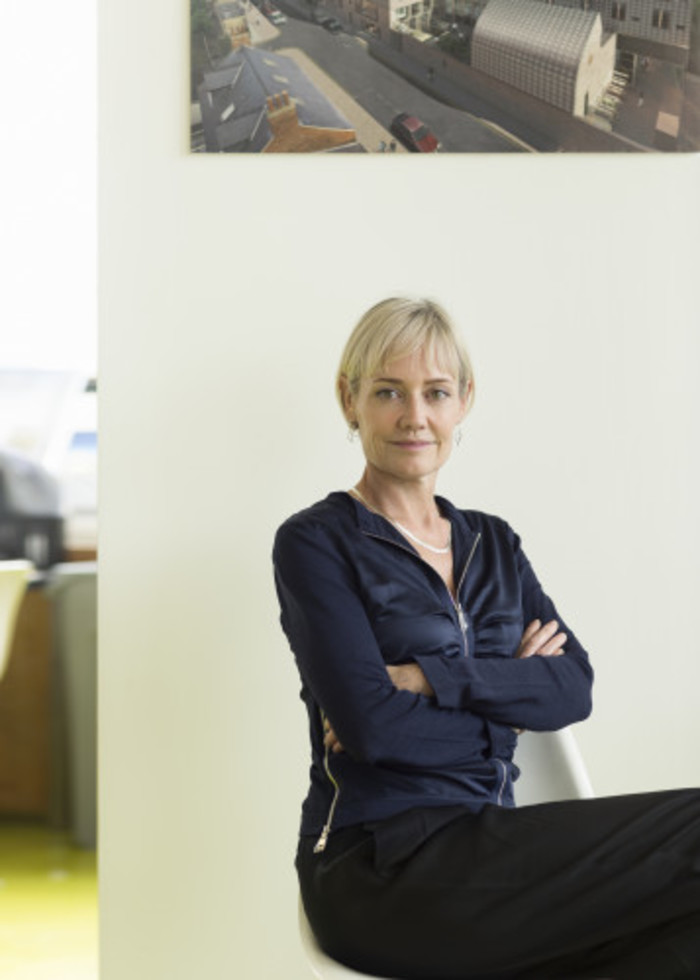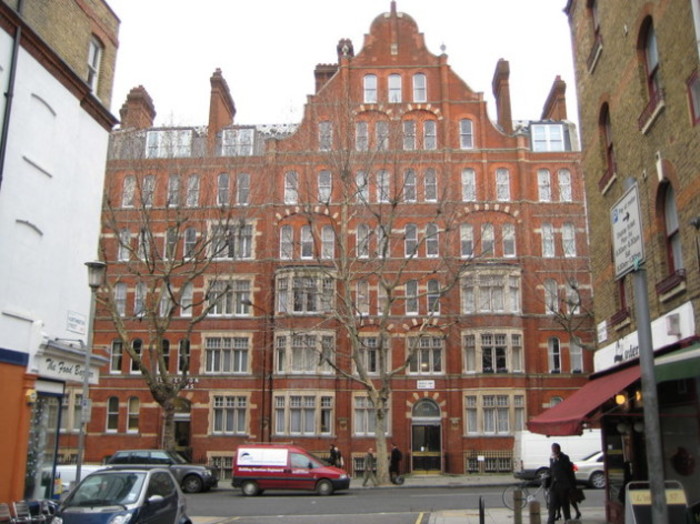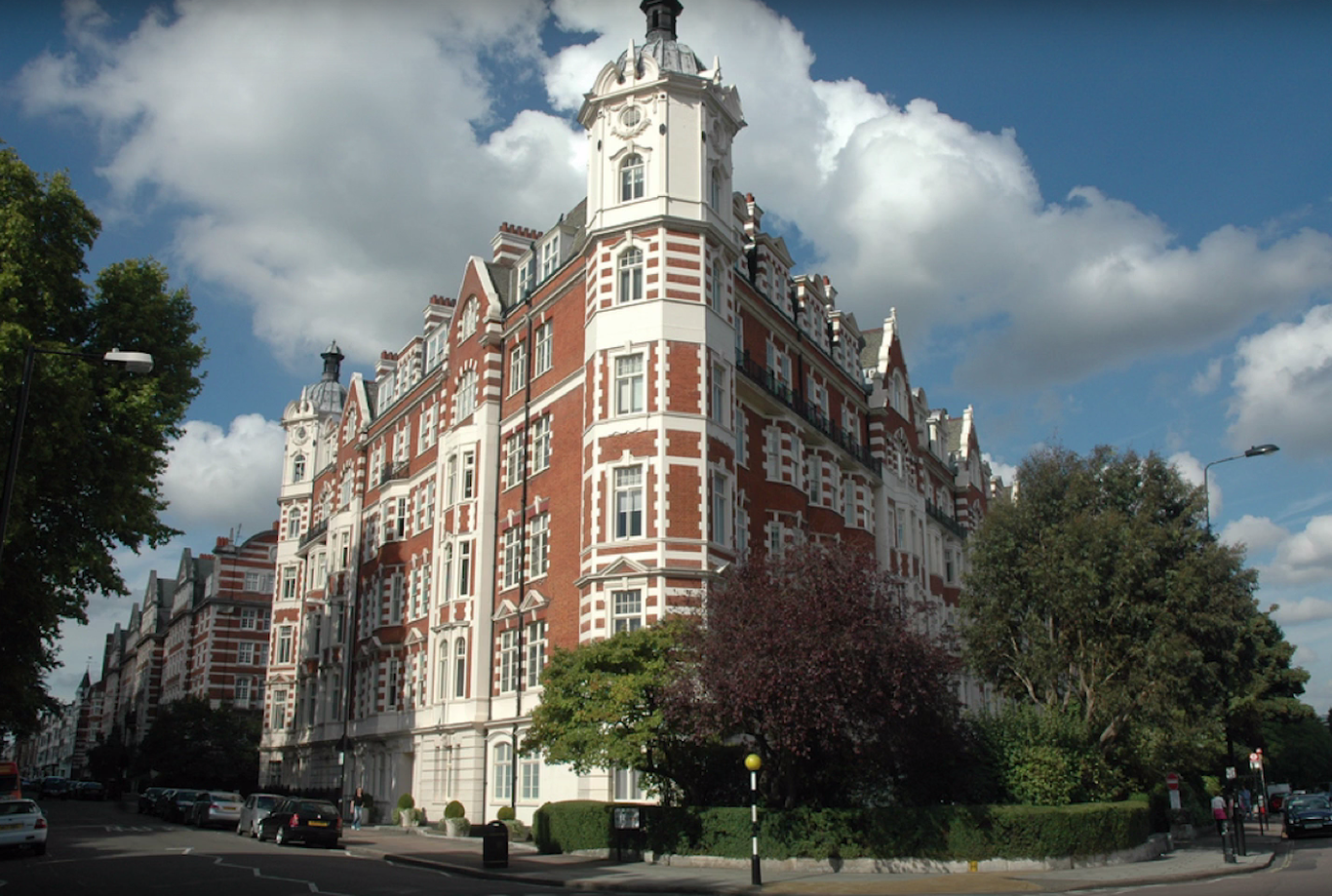Why six-storey 'mansion apartments', not skyscrapers, could solve Dublin's housing crisis
Top UK architect Alison Brooks says Irish cities could copy classic London property design.
‘MANSION’ APARTMENT BLOCKS of six or eight stories could be effective in tackling Dublin’s housing crisis.
That’s according to one of the UK’s top architects, Alison Brooks, who also said that Dublin’s current sprawl isn’t sustainable for the city.
“The 20th-century model of endless sprawl and low-rise is something that isn’t environmentally sustainable or socially sustainable,” she told Fora.
“We have to think of new ways of living in the city that provide everyone with a good quality of life without living in semi-detached houses and depending on the car.”
“Dublin, like most cities, suffers from a lack of good-quality medium-density housing. There seems to be lots of work for towers, or for suburban houses, but not much in between and not much affordable.”
Brooks, the head of her eponymous company, Alison Brooks Architects, is one of the UK’s best-known architects.
She has won several industry awards and her firm is involved with the regeneration of London’s South Kilburn area, a huge project which involves overhauling how thousands of people live.
Brooks recently travelled to Dublin to attend the Royal Institute of the Architects of Ireland annual conference, where she was one of the keynote speakers.
Damage
Speaking to Fora after the conference, Brooks said that many of the problems faced by London are also evident in Dublin.
Poor developments were built in many areas of both cities, with the construction of large swathes of either monotone low-density housing or Ballymun-style tower blocks with few accompanying facilities.
“Bombs were dropped over south Kilburn during the war. Rather than address the problems (in the estate), the solution was to demolish the housing and build new ones,” she said.
“The post-war planners damaged the city more than the bombs ever did. They demolished wholesale blocks of terraced housing.
“The area become a landscape of flat blocks with a few low-rise blocks sprinkled around a no-man’s land of greenfield.”
“I’m aware of some of the developments that were built during the boom in Dublin during the race for density, and there seems to be an unhappiness of what was built.”
 Alison Brooks
Alison Brooks
She said that a solution for both cities could be a focus on building more medium-density housing.
“What I’ve been trying to do for the last eight years is to reinvigorate this 19th-century housing form, the London mansion block,” she said.
“They’re four-to-eight storey apartment blocks that have a common entrance and normally two flats per floor. There’s no corridor and the flats are of a great quality.
“You get a communal garden at the back, there are good sources of light and everyone gets balconies. There are no long corridors and it has high ceilings and nice proportions.”
Impact
Brooks said that while the mansion blocks may not be as efficient as tower blocks, they are much more efficient than the type of semi-detached housing that is so prevalent in Dublin and other Irish cities.
 Mansion blocks in London
Mansion blocks in London
“I’ve been to Limerick and Wexford and, yes, I think it could work there, but it’s also about affordability. We have to be thinking about ways of making houses more affordable and higher density.
“People don’t mind high density, what they mind is if the new buildings created are hostile or ugly (or) if they start to have a real negative impact, like with really tall buildings.
“Low-impact, high-quality medium-density is where we need to go.”
Brooks said that this could be done with local authorities putting in place development plans that builders would have to adhere to.
She said that this could be made more attractive to builders if the council allowed development on land it owned.
“The council gets an overage on additional revenue if a developer gets anything over and above the predicted land value,” she said.
“Low-density neighbourhoods can be hostile to higher-density development, but if it can be different if (the local residents) are given an opportunity to have a fantastic building that they would love to have.”






